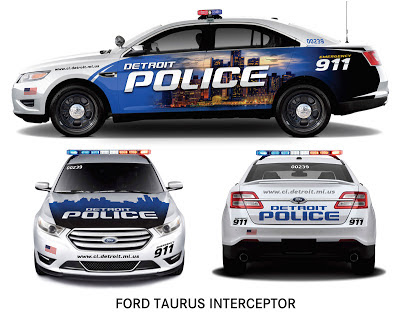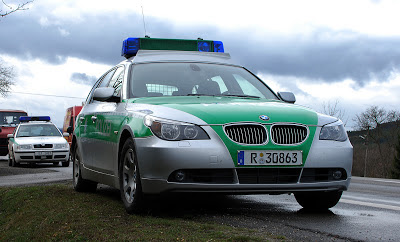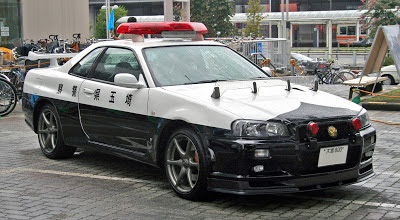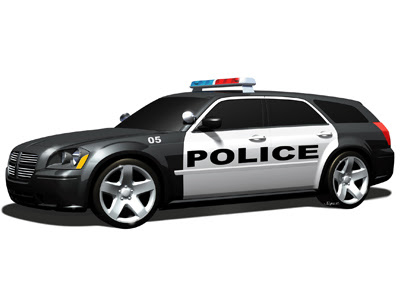
police cars are a ubiquitous sight across the country, where they aid in police patrols, traffic stops, and other activities in every city. They were developed soon after the advent of automobiles. Before that time, police would patrol their jurisdiction on horseback, or even on foot.
The very first police car is said to date to 1899, when an electric car patrolled the streets of Akron, Ohio. It could only go 16 miles per hour, and needed to be recharged every 30 miles, but it was a major development in the history of police forces. Police officers actually used motorcycles far before they used patrol cars, in part because cars were more expensive. The switch to cars was motivated primarily by the fact that criminals were using cars; chasing a car on foot or on horseback became unrealistic.
Early police cars were often referred to as "squad cars" because they were used to carry a group, or squad, of officers to a crime scene. In the 1920s and 1930s, they were driven by one officer, who could cover a much wider area by driving than on horseback, thereby saving the police department money. These cars were generally the same ones driven by civilians with a few modifications, usually just markings and lights.
The 1932 Ford was a particularly popular car offering high power for a low price; as a result, many police vehicles were adapted from this model. For that time period, the Ford offered much higher power than both Chevy and Dodge. It wasn't until the 1950's that major motor companies began offering special police packages; Ford was the first to do so in 1950, followed by Chevy in 1955 and Dodge in 1956.
Although new police cars are not made available to civilians, vintage police cars are very popular for restoration and display. Retired patrol cars can be restored with all of the proper equipment, since much of this is available to the general public. However, it can be difficult to find period-correct parts and accessories for older cars.









